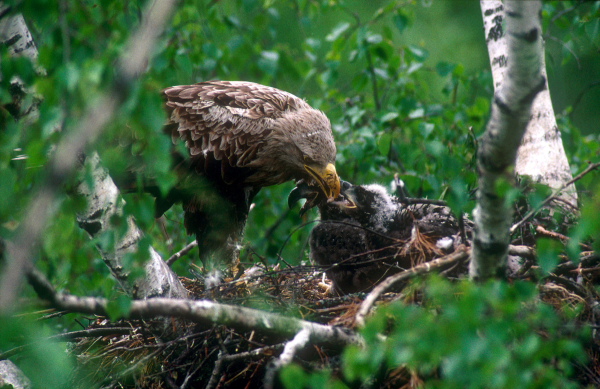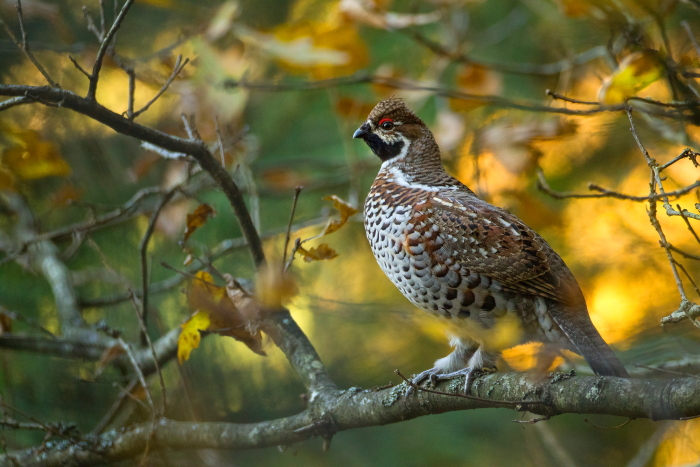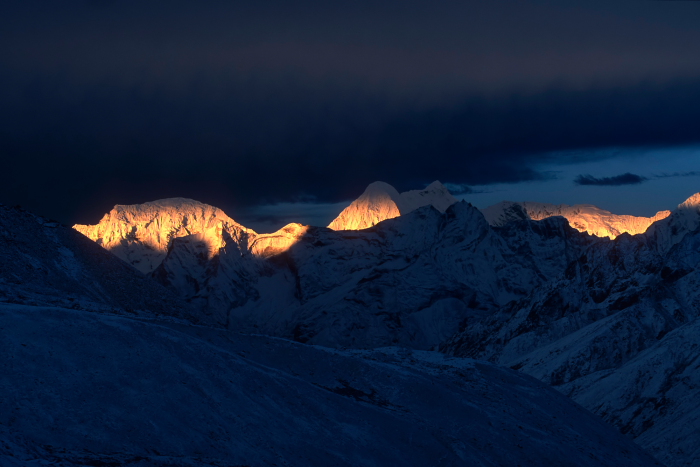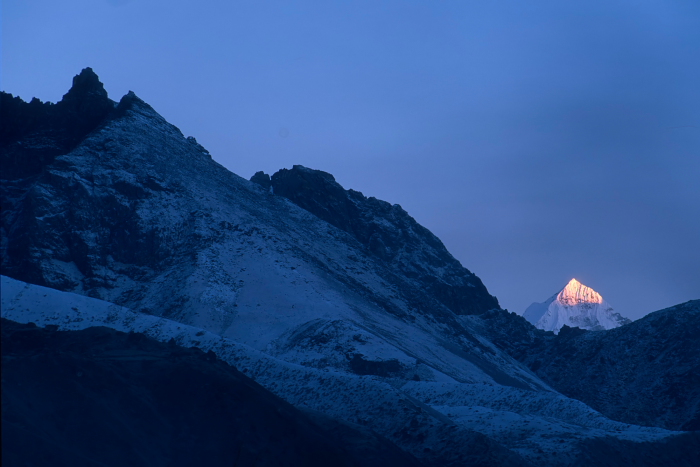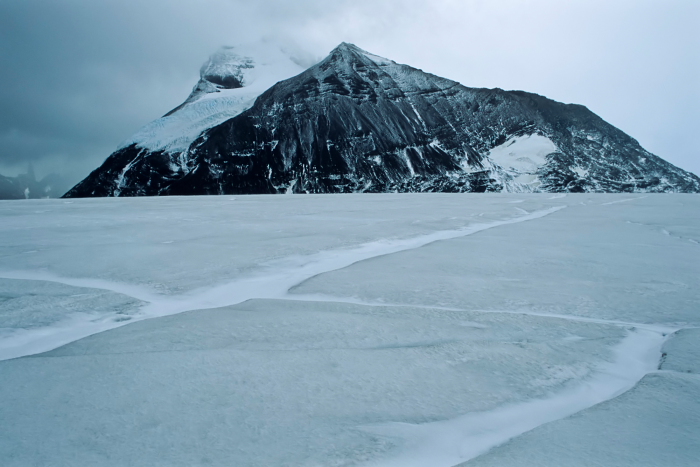Paolo Volponi (born in 1968) – an Italian filmmaker and photographer, a sociologist by background. Since 1993 Polish nature and culture has featured in his photography and films. His works have been published by the most prestigious magazines in Poland as well as abroad. He is the author of the books: „Bielik – król polskich ptaków” (White-tailed Eagle – the King of the Polish Birds) (1998) and „Konik Polski – skarb Polskiej przyrody” (Konik – the Treasure of the Polish Nature) (2008). It is the interactions between people and nature that Paolo finds particularly interesting. And that was the keynote of some of his picture stories i.a. about cormorants, Bialowieza, Konik horses and Vistula; made for the National Geographic Poland within the last few years. He has been working with the BirdLife International in Madagascar, Belarus and Poland. Paolo has started his filmmaking in recent years. His first movie The Last European Wild Horses, about Konik horses, has been honoured a distinction in the International Wildlife Film Festival in Montana, USA, for art genre; his second one Le divinita’ della montagna showing the life of ibexes in the Alps has won the first prize in the wildlife film festival in Scanno, Italy in 2012. And this very movie will be presented in this year’s edition of our Festival.

Tawny pipit (Anthus campestris) chicks asking for food (Anthus campestris). Ornithologists evaluated that in a single square kilometrs of Bialowieza primeval forest are nesting more species of birds then in all Great Britain.

Free living Konik Poslki at gallop. They are the direct descendant of the Tarpan, the last wild European horses extincted in the wild at the end of XVIII century. In north east Poland there are actually two natural reserves were they are living in full freedom. On a total population of 680 mares and 120 stallion, only 10% is living in free condition, an esperiment started 50 years ago in the Popielno reserve, Mazury.


